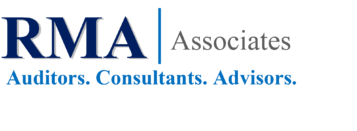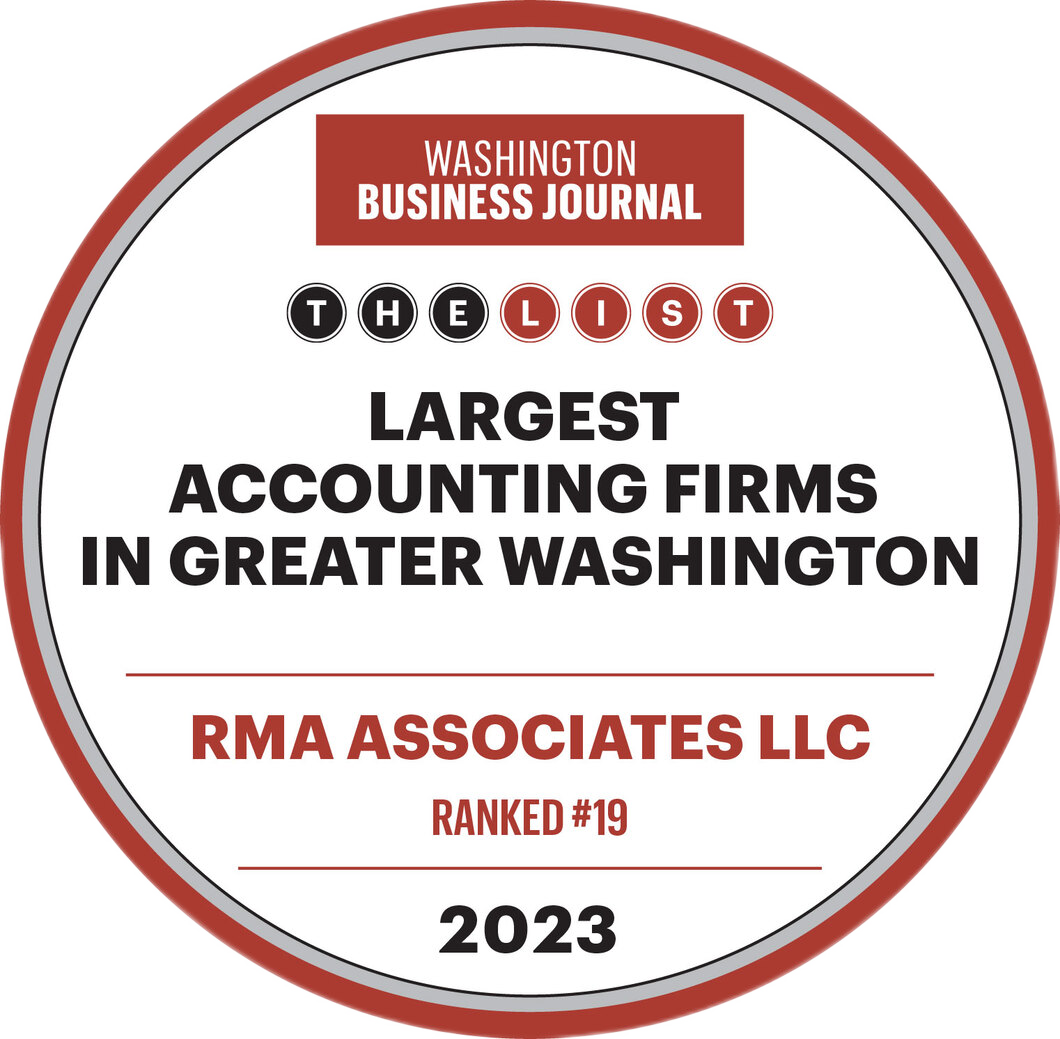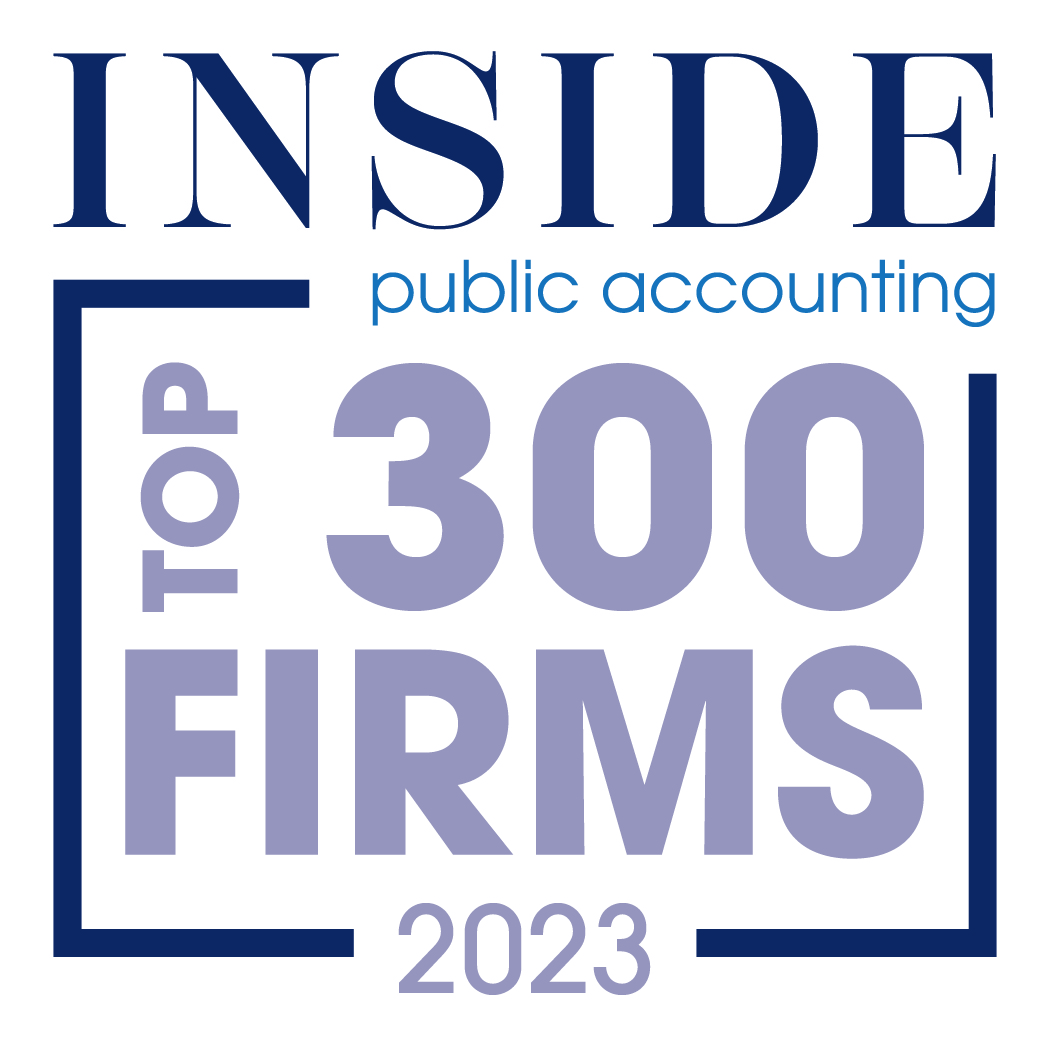The tools that organisations invest in can make processes simpler and can help keep and attract employees.
8 August 2018
Ping-pong tables, leafy campuses, flexible work arrangements, and free food can be great incentives in hiring and retaining employees.
But there’s a strategy emerging that can help companies shave recruiting and retention costs, and it doesn’t specifically relate to the application or interview process, how quickly employees get paid time off, or how great the free espresso tastes.
A recent global survey shows that accounting and finance professionals, whose roles are changing rapidly due to technology such as cloud-based data applications, can be enticed to take a new job or stay in their current one by the technology itself.
Finance experts say that entities can separate themselves by emphasising the technology available and how it can change the finance employee’s day-to-day job.
The global survey, conducted by Dimensional Research and FloQast, which makes software designed to streamline the financial close, showed that employees at companies with more fully integrated cloud applications are less stressed at work.
“People would rather play with fun toys at work than not,” said Brian Kalish, principal at Kalish Consulting outside Washington, D.C. “As companies adopt these new tools, I think it’s a way they can [promote] themselves: ‘Hey, come work with us, we’ve got cutting-edge tools.’ When we’re talking about doing [financial planning and analysis], we’re talking about things on a strategic level, not just reconciling data to close the books.”
TECH’S EFFECT ON FLEXIBLE WORK
One reason for cloud applications’ popularity is that they allow wider access — from the office, from home, from a coffee shop. The ability to go home, have dinner with your family, and log back in later is more satisfying for employees than staying at the office late, said Mike Whitmire, CPA (inactive), co-founder of FloQast.
“Even if you’re working a lot of hours, the ability to work remotely is a big deal,” Whitmire said.
In the survey, 87% said the flexibility to work from anywhere was a positive impact of technology. That benefit trailed only automation of data entry (89%) as a positive impact. And companies see the tie-in between tech and retention: 53% of respondents said adopting modern technology is one way their companies have changed to retain and attract talent. Higher salaries (20%), additional benefits (20%), and increased paid time off and sick time (16%) are lower in importance.
A cloud application also can be nimbler than an in-office system, for several reasons, Whitmire said. For example, because updates run through the cloud, product improvements are generally faster and easier. Once an on-premise solution is put on servers and employees’ computers, software updates are more difficult to install.
Joe Montgomery III, CPA, the director of business development at Montgomery & Co. in Greenville, South Carolina, recalls a laborious process for invoicing seven years ago, when he joined the firm founded by his father.
Montgomery wasn’t using paper for his personal bills, and he couldn’t understand why the firm was doing that for its own bills and as part of its service to clients.
Today, the firm’s bookkeeper can manage twice as many invoices as before because of technology improvements, and Montgomery uses a calendar application to save the back-and-forth time spent trying to schedule business meetings through email. Efficiency gained through technology is one reason the firm has grown sales about 50% in the past three years while keeping its size relatively small, he said.
Montgomery also has seen the effect of technology when conducting job interviews. After getting to know a candidate, the conversation sometimes turns to what a typical day would look like for the role. It is at that point, Montgomery said, that the firm will show how certain applications, such as bill.com or Receipt Bank, work. Automated bill pay, streamlined invoicing, mobile receipt entry through a one-click app, and auto-reconciliation are among the features of such applications.
“When they see the tools we work with, the candidates just light up. You can see the fire in their eyes,” Montgomery said. “We get follow-up emails [that say] ‘Can you show me more? I was really interested to learn about that app’.”
MENIAL TASK AVOIDANCE
Not all companies are going all in on technology. In the survey, 21% of respondents said none of their financial applications were cloud-based. That category of company was labelled as “stage zero” in the survey. Companies that had cloud applications but no system integration were stage 1, those with some integration of cloud applications were stage 2, and ones with full integration were stage 3.
A report by Robert Half backs up the notion that technology adoption gaps are still wide. A decreasing number of North American businesses use a manual account reconciliation process, but the percentage (55% for US businesses, 58% of Canadian ones) remains high.
The Robert Half survey shows that 17% of US organisations and 22% of Canadian ones plan to hire more staff because of digital transformation. Most will maintain staffing levels or freeze hiring, and a smaller percentage (3% US and 6% Canadian) plan to reduce staff because of digital transformation.
In the FloQast report, stage 3 companies placed more value on strategic thinking when evaluating hires, and stage 3 company employees were less likely to say work was stressful and more likely to say they liked “being known as a person who can get stuff done.”
Technology can play a critical role in work/life integration, said Donny Shimamoto, CPA/CITP, CGMA, the founder and managing director of CPA firm Intraprise TechKnowlogies LLC in the US. Professionals, and not just younger generations, are seeking ways to work when and where they want. Technology is often part of that decision.
“We’re seeing where entry-level staff are no longer satisfied with ‘entry-level’ work — meaning menial or tedious work, especially if they know that there is technology that can automate it,” Shimamoto said. “Many of them won’t take a job or will quickly quit if they find that they are having to do too much of this type of work.”
Article via Financial Management




No responses yet